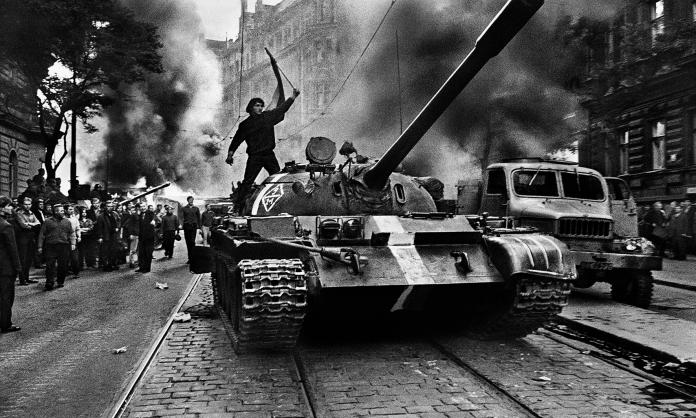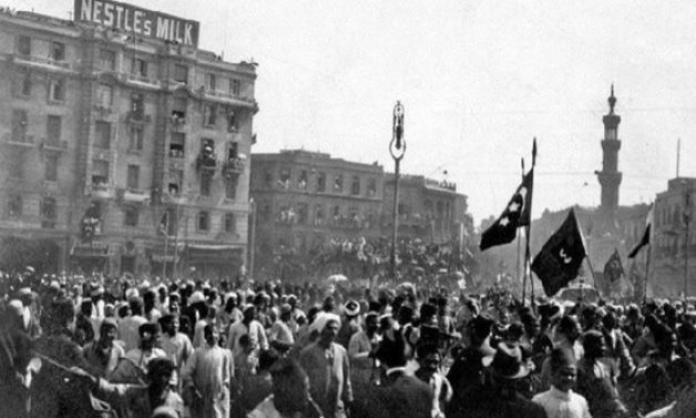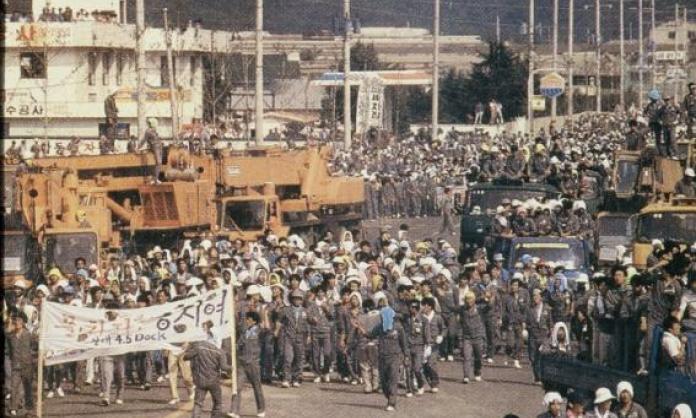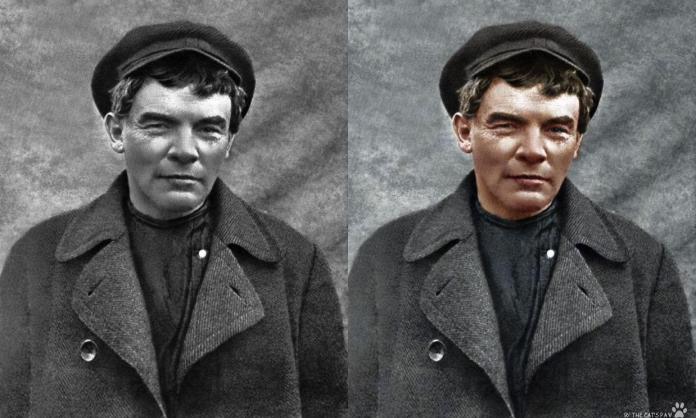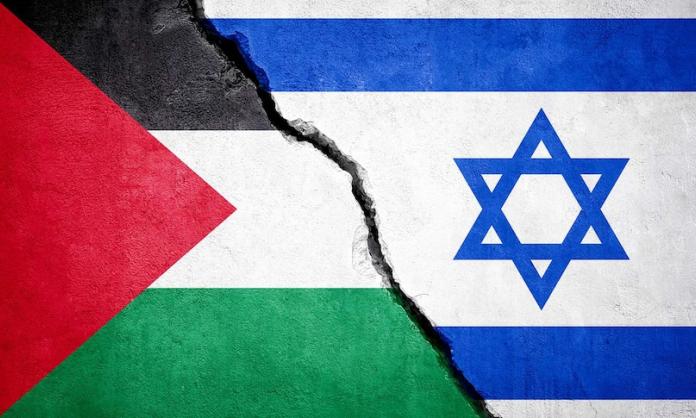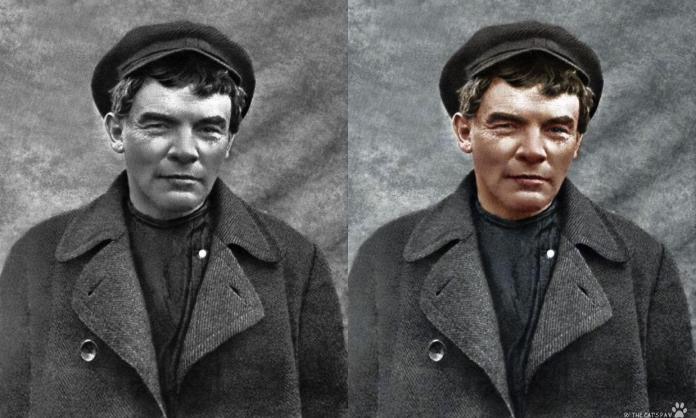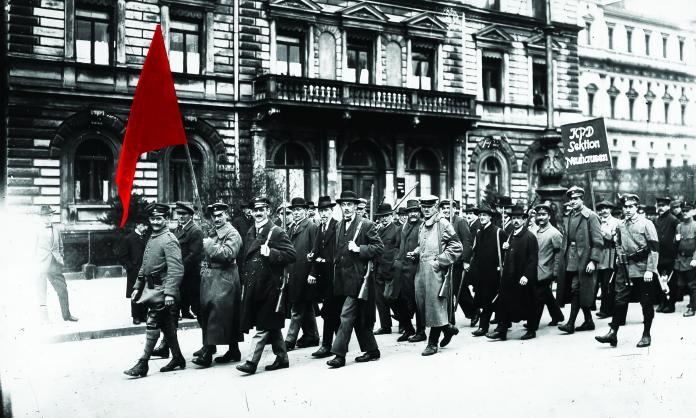In March 1968, the Observer newspaper described an occupation of the Slavonic House in Prague by thousands of students and intellectuals: “Jammed with excited men and women, suffocation-tight all the way down the stairs and out to the pavement; questions on screws of paper coming down like snow-flakes from the galleries; speakers talking like free men. A woman, long imprisoned, denounced President [Antonin] Novotny for his part in the show trials. A playwright says the public prosecutor has eleven judicial murders on his conscience. A novelist says the Defence Minister has the mentality of a half-educated corporal.” Within days, Novotny was forced to resign as president of Czechoslovakia.
The Prague Spring, as it came to be known, was a flowering of free thought, creative expression and political daring on the part of the Czechoslovakian masses. It shook the eastern bloc out of a period of relative stability that began in the mid-1950s after a previous round of rebellions. Amid the global ferment of 1968, it showed a new generation of radicals in Western capitalist countries that their fight for equality and democracy was mirrored on the other side of the Iron Curtain.
In the decades after World War II, Czechoslovakia stood out as one of the most stable of the Stalinist regimes. The Communist Party headed a monolithic state machine that carried out purges and imprisoned critics with impunity. Its economy had benefited from its relatively advanced industry, which exported engineering equipment to neighbouring eastern bloc countries. Even the uprisings that shook much of the eastern bloc in the 1950s had barely any political impact. The material conditions of everyday life seemed to make the status quo tolerable for the mass of Czechoslovakians.
But this was not to last. In the early 1960s, the country’s export industry collapsed, throwing the economy into turmoil. Economic crisis began to erode the solidity of the regime.
Tensions emerged at the top of society over how best to deal with the crisis, creating fissures within the previously united ruling elite. An oppositional political faction succeeded in removing Novotny from his position as party secretary, replacing him with Alexander Dubcek.
But Novotny refused to step down as president, instead appealing to the conservative sections of the bureaucracy and military, calling on them to oust his rivals while also attempting to garner support amongst workers in the factories. The new “reform” leadership around Dubcek went a step further in retaliation, loosening restrictions on free speech to encourage public criticism of Novotny. But once the population had been stirred, it was no longer just a matter of factional crossfire. Criticisms of Novotny turned into widespread denunciations of the whole regime. What started as a factional struggle between sections of the ruling class leapt out of the grey offices of the party bureaucracy and took shape as a living mass movement in the streets and workplaces.
State control over the media completely collapsed. Old state censors resigned. Journalists began to speak freely, reporting on the reality of living under “socialism” in Czechoslovakia and grilling state functionaries on television for the crimes they had committed under the Novotny regime. One radio program, called Songs by Telephone, involved phoning ex-ministers and demanding they account for their past crimes, after which they would be subjected to a song that had been specifically chosen to mock them.
Open political debates started to appear in newspapers, which flew off the shelves and were widely discussed. Students held mass meetings that raged into the night. Intellectual journals disseminated open criticism of bureaucratic rule. The writers’ union published a manifesto titled “200 Words in Literarny Listy”, which made the following declaration: “We should demand the resignation of people who have misused their power ... We should find ways and means of persuading them to resign, through resolutions, demonstrations, demonstrative work brigades, collections for retirement gifts for them, strikes and picketing their houses”. The trade union publication Prace reported that it received 70,000 letters, which overwhelmingly supported the manifesto. There was a growing desire for committees to be elected under workers’ control, independent of the official state-controlled unions.
Amid the fervour, the official leadership of the democratisation movement quavered. Dubcek was certainly no radical. He had been a loyal party stalwart for most of his life, spending three years in a Russian “party training centre” and rubbing shoulders with the likes of Janos Kadar, overseer of the violent repression of the 1956 Hungarian uprising. Dubcek and his supporters did not want the bureaucratic state machine dismantled; they wanted to run it.
After the party lost control of the media, Dubcek spent months pleading with journalists and editors to rein in their criticisms and show responsibility, complaining, “It is anarchy to understand democracy as a situation in which everyone interferes with everything and does what he wants. That has nothing to do with real democracy”. The party executive condemned the formation of new organisations outside of party control, including any attempts to revive the Social Democratic Party. While publicly declaring in their Action Program that the party “does not realise its leading role by ruling over society”, the Communist Party went on to label any public criticism of it as “unacceptable” and internally explored new ways to cement its rule bureaucratically. The reformers were willing to allow limited freedom of expression for some groups, as long as they accepted the bureaucracy’s control over society. “Democracy” had to involve the exclusion of the majority of the population from any sort of decision-making power, a perspective shared across the factional divide.
As the movement spiralled out of Dubcek’s control, concern mounted in Russia. The Kremlin was not willing to tolerate another mass movement in one of its satellite states. Such movements undermined the Soviet Union, and Russia had proved itself willing to use force to put a stop to such rebellions.
Dubcek faced growing pressure to wind back the movement. Russia began issuing ultimatums, and the reforming leaders were caught in a bind. On the one hand, they did not feel confident to repress the rebellion outright, out of concern that the unpopularity of this move would lead to their downfall, creating a space for the conservatives around Novotny to return to power. On the other hand, they had no interest in refusing to obey the orders coming from Russia. While many of them may have truly believed in the project of “socialism with a human face”, their intention was to oversee the running of society with some minor reforms in collaboration with Russia. So when Russian tanks finally came rolling in on 20 August and Dubcek was arrested and taken to Moscow, the reformers put out a call for the population to participate in “passive disobedience” as a bargaining chip for negotiations.
Some armed resistance did take place, with protesters setting fire to a few tanks. But the death count was small in comparison to the 20,000 killed in Hungary in 1956, not exceeding 100. The majority of the population responded to the call for peaceful non-cooperation. Radio and television stations broadcast condemnations of the occupation and news of the resistance. Dubcek’s supporters held meetings and passed motions in opposition to the invasion.
But the reforming leaders had made it clear from the start that their goal was “establishing contact with the command of the armies of the five Warsaw Pact countries” involved in the invasion “with a view to bringing about a speedy normalisation”. It was not long before Dubcek capitulated, returning from Moscow after having taken part in “free and comradely discussions” with his kidnappers! Calls for passive disobedience were replaced with “normalisation”, and Russian troops were to remain for the duration.
Resistance to occupation can’t just be turned off like a tap, however. Protests and street blockades continued. Protesters argued with Russian soldiers about the invasion. Street signs and house numbers were taken down to disorient them. There was growing resentment of the official leaders for their capitulation. In the words of one of the student leaders, “The whole country had been feeling sick. It was the third month since the invasion. The old popular leaders were still the same, but the confidence people had in them, the blind unquestioning confidence in them as individuals, started to wither away”. A resolution of 40,000 Skoda workers called the reformers’ concessions “a shameful capitulation”. One student even set themself on fire in protest at the abandonment of the reforms. Mass, spontaneous demonstrations took place alongside student occupations, despite attempts by Dubcek and his supporters to rein them in.
Worker militancy also started to grow. Workers sent messages of support to the student sit-ins, with some sympathy strikes taking place in Prague, and other workers sounding their factory sirens in solidarity. Railway workers warned that “not a single train [would] move out of Prague station” if the government attacked the student occupation. A congress of 900,000 metalworkers threatened a general strike if Josef Smrkovsky, a popular reformer, was deposed from his position in government (something Smrkovsky himself discouraged!).
Print workers refused to print conservative media. British Marxist and historian Chris Harman described how at a printers’ conference, “Many of the 450 delegates whistled and jeered at Mr Vladimir Solecky, a magazine official, when he protested their ban on publication ... The union said under a workers’ censor the decision on whether or not to print an article would rest with their members in the printing works”. Committees continued to be elected in the factories, and a number of workers gained the confidence to strike over their wages and conditions.
However, the movement never went beyond what the official leadership was willing to tolerate. While students and workers were becoming increasingly frustrated with their concessions, the majority still saw their fight only as a defence of this leadership, particularly Smrkovsky and the official union leaders who supported democratisation. Without an alternative leadership that could argue for the strikes to continue and for the movement to challenge the whole ruling bureaucracy, the movement couldn’t go anywhere except backwards when the leaders abandoned the struggle.
The process of normalisation began in a serious way with the resignation of Dubcek in April and his replacement by the conservative Gustav Husak. Resignations and purges began, and censorship of the media and intellectual journals was reimposed.
The last mass protests occurred after Czechoslovakia beat Russia in an ice hockey match, and on the first anniversary of the Russian invasion. By the time the second protest came around, the movement had been wound back enough for the Czechoslovakian police to suppress it violently, arresting 3,900 protesters. A campaign was waged by the hardliners within the Communist Party to drive out hundreds of thousands of members who had been associated with democratisation, about 25 to 35 percent of the membership. Elements of the intelligentsia and media who had spoken against the bureaucracy were sacked and others offered lucrative positions to buy their submission. The minority still willing to voice their opposition were isolated further with an uptick in the economy, making it easier to win the population to a begrudging acceptance of the old status quo.
Despite its eventual retreat, the Prague Spring was a significant addition to the rebellions that challenged Communist rule in Eastern Europe, each one a chink in the armour of the Soviet Union, which eventually collapsed in 1991. It was a lesson for those fighting for democracy and freedom everywhere throughout the late 1960s and early 1970s: that this struggle was one that bridged the Cold War divide. This was demonstrated when anti-war protesters outside the Democratic Convention in Chicago held up placards that read, “Welcome to Czechago”. Today, while Russian tanks roll into Ukraine and are bravely resisted by the Ukrainian population, it is a reminder of the potential power of the working class to disrupt imperialist occupations and, in so doing, advance the struggle for freedom.




